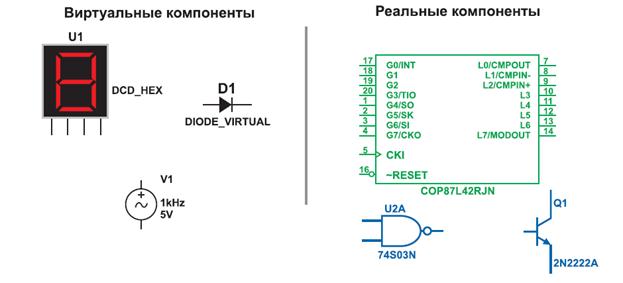Degrees of comparison of adjectives
There are three degrees of comparison: positive, comparative and superlative. The degrees can be formed in three ways: analytically, synthetically, irregularly. 1. Degrees of comparisonare formed synthetically by adding the inflexion –er, -est to monosyllabic and some disyllabic adjectives, e.g. sad - sadder - the saddest: slow - slower - the slowest Disyllabic adjectives that form the degrees of comparison synthetically can be grouped in the following categories: · adjectives that end in –er; -le, -ow, -some, -y e.g. clev er – cleverer – the cleverest simp le – simpler - the simplest yell ow – yellower – the yellowest hand some – handsomer – the handsomest friendl y – friendlier –the friendliest · adjectives that have the stress on the second syllable e.g. polite – politer – the politest complete –completer – the completest · some commonly used adjectives like e.g. common, cruel, wicked, horrid, quiet, stupid, pleasant 2. Degrees of comparisonare formed analytically by adding more, and the most to polisyllabic adjectives, e.g. curious – more -curious - the most curious; 3. Irregular formation (traditional exceptions), · good- better - the best · bad - worse - the worst · far -father/further - the farthest/furthest · old - older/elder - the oldest/eldest · little - less - the least · near - nearer - the nearest/next · many/much - more -the most · late - later - the latest/last 4. Spelling: · Adjectives ending in –y which is preceded by a consonant, change the –y into – i + er, - i + iest,e.g. crazy – crazier – the craziest · The ending - y in adjectives which is preceded by a vowel, remains unchanged, e.g. grey – greyer – the greyest · Monosyllabic adjectives with a short vowel doubl e their final consonant, e.g. big – bigger – the biggest · Monosyllabic adjectives that have 2 consonants at the end, remain unchanged, e.g. thick – thicker – the thickest · Adjectives with a mute –e at the end add only –r, and –st, e.g. pale – paler – the palest Notes: 1. In traditional grammar farther and the farthest are used for distance while further and the furthest are used for time. e.g. He was hiding in the farthest corner of the park. The secret agent was waiting for further instructions. Here is a further example. (in the meaning of another) 2. Little is not a full synonym of small. Little is used for age, while small for size. e.g. Little children shouldn’t watch much television. The child is too small for this dress, Remember a set expression – a little old lady/man. The opposite of small is big, e.g.. This room is big and that one is small. 3. Older and the oldest are used with reference to age or if there are only two children in the family, while elder and the eldest are used with the reference to the sequence of brothers and sisters if there are more than two children in the family, e.g. Pete is my older brother and there are no more children in our family. Pete is my elder brother and Jack is our eldest. Grandpa is the oldest member of our family; he will be 88 in December. Jane is the youngest, she is only 3. 4. The nearest is used for distance while the next is used for order, e.g. Whose turn is next? Where is the nearest bus stop? 5. The latest is used for time while the last is used for order, e.g. Have you been listening in? What's the latest news? The last news from the "Titanic" was received a few hours before it sank. 6. Note the difference between the English and Russian word combinations, e.g. · в ближайшем будущем – in the near /nearest future · высшее образование – higher education · молодое поколение - a younger generation 7. The adverbial modifier of degree ‘very’ can't be used with comparatives. Instead much or far may be used, e.g. My boyfriend is much more energetic than I am. = Мой парень гораздо более энергичный, чем я. His sister is much older than he is. = Его сестра гораздо старше, чем он. It is far better to say nothing. = Гораздо лучше ничего не говорить. This suit is far too expensive to buy. = Этот костюм, слишком дорог, чтобы его покупать. 8. Other words and expressions which are used to modify comparatives are:
|




